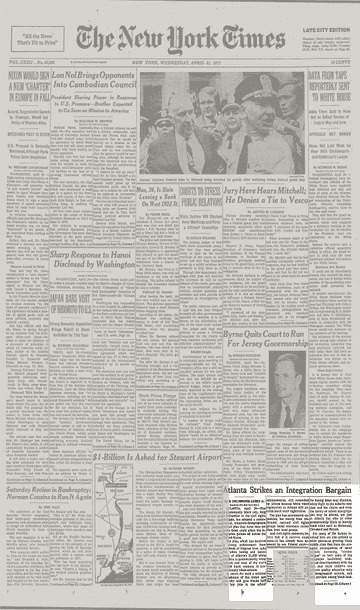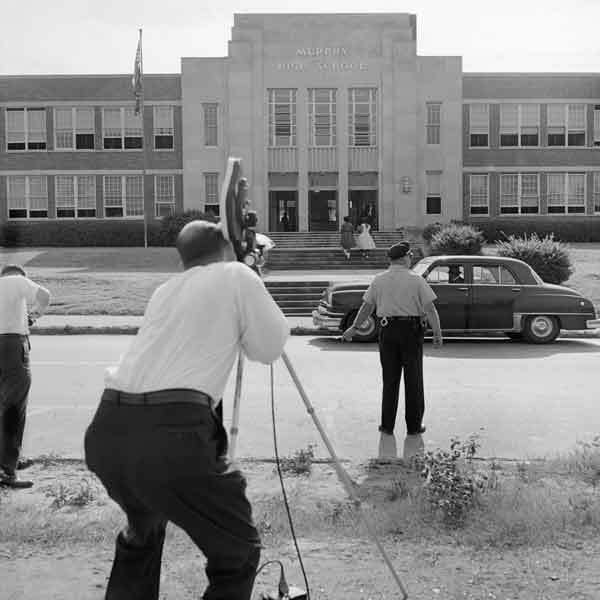Public Schools
Although Brown v. Board, the court order that declared segregation of public schools unlawful, occurred in 1954, the first day that African American students entered white public schools in Atlanta was in 1961 (Burns). Much of the delay was due to segregationists who preferred shutting down public schools rather than integrating them (Burns). By 1973, about 30% of schools in Atlanta were integrated meaning that one race consisted of less than 90% of the school population; however, the National Association for the Advancement of Colored People (NAACP) found this number too low, so the NAACP sued the Atlanta Board of Education. This lawsuit resulted in a compromise for desegregating public schools (Analysis).
The analysis on the compromise specifies three areas that were going to undergo integration. The first of these were more student integration; through a program appropriately named “Majority-to-Minority,” white students from a predominantly white school volunteer to transfer to an African American school and vice versa. Additionally, the administration was going to be desegregated by requiring that fifty percent of staff, including the superintendent, be African American. Finally, nearly half of the staff, which includes people working directly with children, would need to be of the opposite race in this biracial compromise. The compromise would increase the percentage of public schools integrated from about 30% to about 40% (Analysis).
An article titled "Atlanta Strikes an Integration Bargain" by the New York Times nearly five months after the compromise was written expresses the sentiments of the African American community nationwide in response to the compromise. While African Americans in Atlanta were pleased with the progress, African American leaders around the nation, including the NAACP headquarters in New York, disagreed with the compromise due to the minimal change. Lonnie King, an Atlanta businessman who helped write this compromise, explained that the small progress was necessary to ensure steady integration in the city (Drummond). As a result of the second compromise, the African Americans currently predominate the public school system in Atlanta.
Works Cited
Analysis of Atlanta Compromise School Desegregation Plan, Atlanta: Research Atlanta, 1973., 1973. EBSCOhost.
Burns, Rebecca. “The Integration of Atlanta Public Schools.” Atlanta Magazine, 1 August 2011, https://www.atlantamagazine.com/civilrights/the-integration-of-atlanta-public-schools/.
Drummond Ayers Jr., B. “Atlanta Strikes an Integration Bargain.” New York Times, 25 April 1973, https://www.nytimes.com/1973/04/25/archives/atlanta-strikes-an-integration-bargain-atlanta-strikes-an.html.

